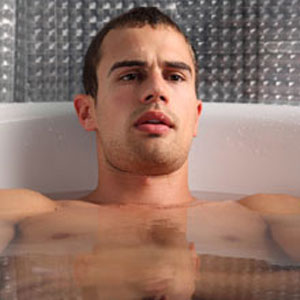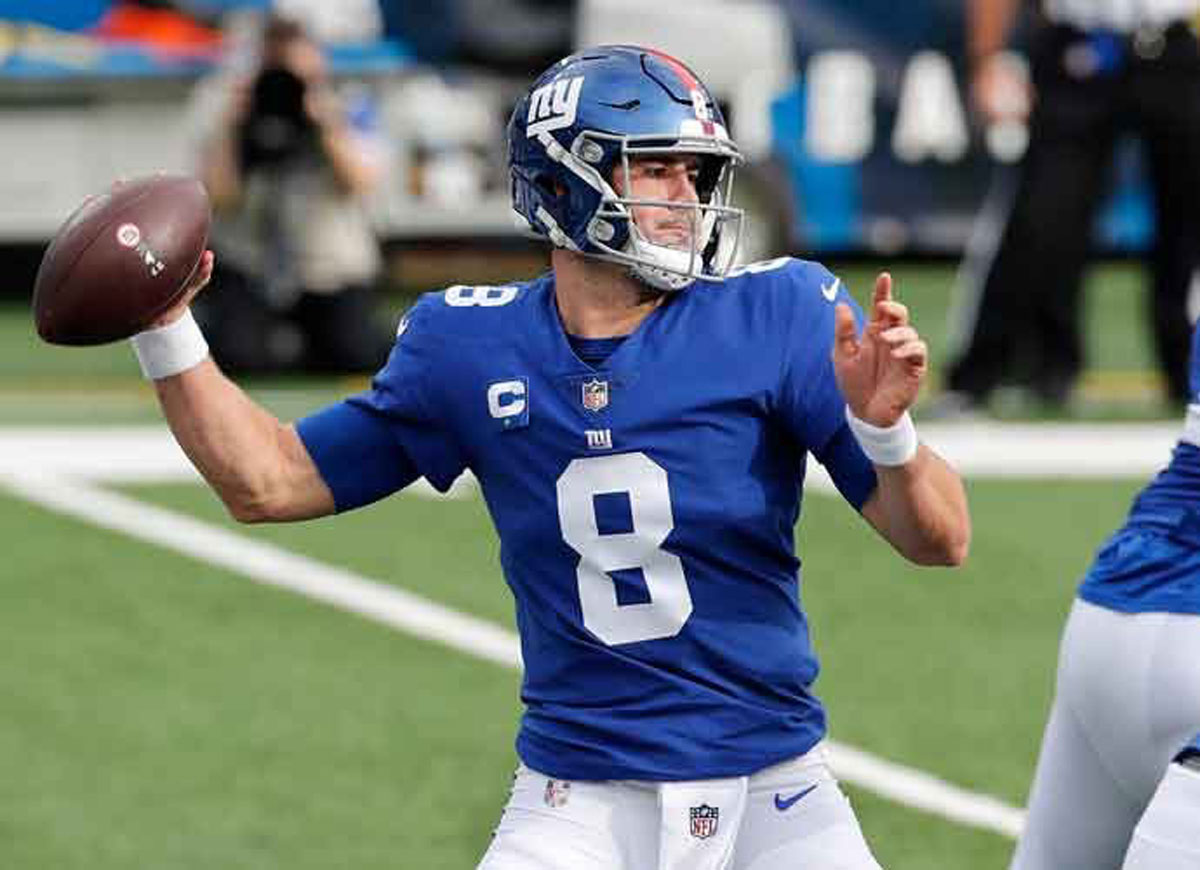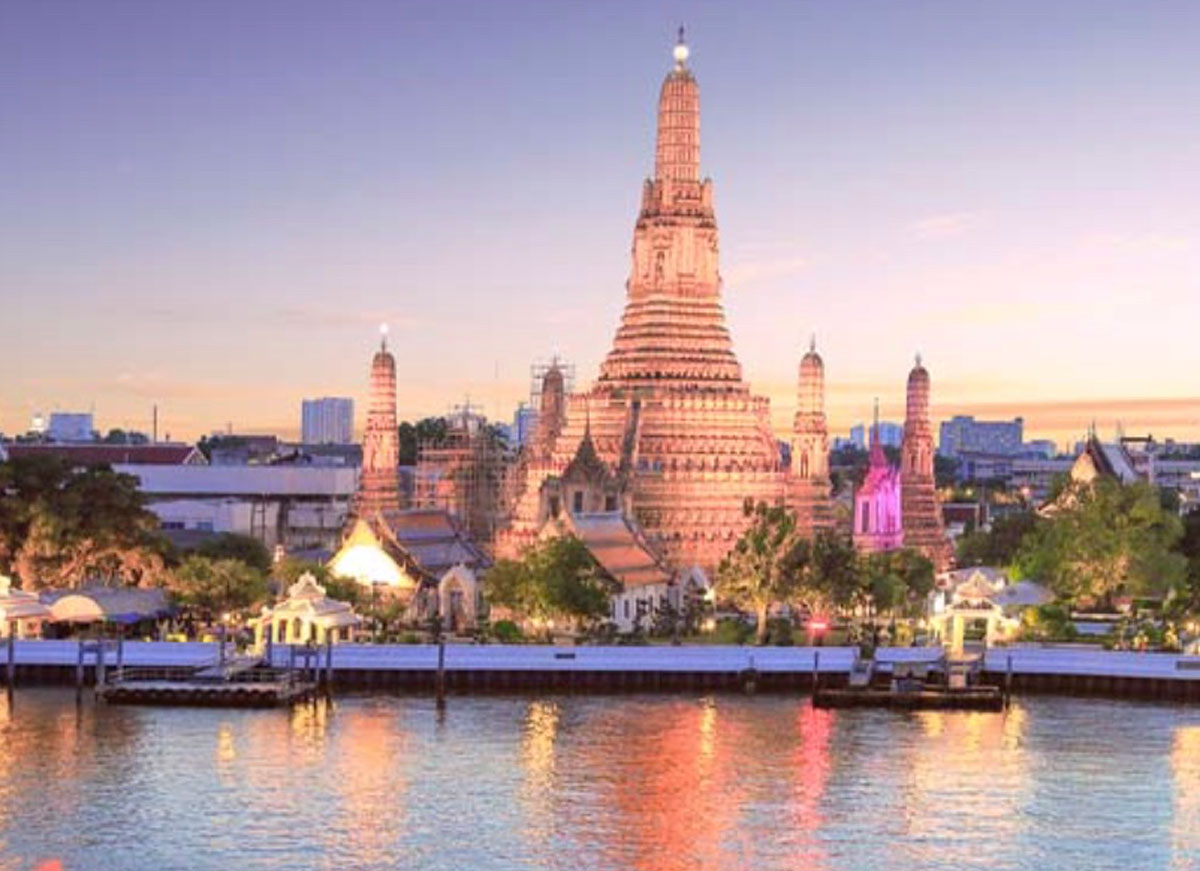Bedlam's Theo James & David Allison On Coming To The U.S., 'Lost'
Originally airing on the UK's Sky TV, Bedlam, a supernatural drama set in a haunted insane asylum-turned apartment building, will make its domestic debut in October as part of BBC America's Supernatural Saturdays. Theo James and one of the series’ creators, David Allison, sat down with Uinterview Founder Erik Meers at ComicCon 2011 to discuss the sexy and scary new show.
Theo James, who was born Oxford, England, completed his acting training at the Bristol Old Vic Theatre School. Aside from acting, James also plays the guitar and sings for the British band Shere-Khan. James has made appearances in Downton Abbey and the Woody Allen film, You Will Meet A Tall Dark Stranger. In Bedlam, James plays Jed Harper, who has the ability to see ghosts and determine how these supernatural creatures will manifest their spirits in living in the natural world.
Bedlam is writer David Allison’s fourth TV series after working on In The City, Boy Meets Girl and The Case. For inspiration, Allison and his co-writers looked to horror films like The Ring.
Allison: [Co-creator] Neil Jones and I were actually pitching a different project a few years ago, which was also a kind of genre show, and no one would touch it. And I think it’s really interesting how that’s changed. I mean, obviously the big thing is Doctor Who because it’s become such a phenomenon in the UK. It’s a juggernaut. You cannot underestimate how huge it is. And I think the success of Being Human is really a game-changer, as well. It’s ridiculous, really, because we have such a rich history of sci-fi in Britain. I mean a huge and incredible history. I don’t know why [sci-fi] fell off the radar for a while. We’re really excited, and I feel like hopefully we’re a part of the whole revival. It's also wonderful coming to America as part of Supernatural Saturdays, when we’re going out. It’s a prime-time slot, and that’s fantastic for us. It doesn’t feel like a lonely place anymore, with all this going on. We have such a rich history of storytelling to draw from that kind of genre, so it feels right that we should be doing it.
Allison: It was originally four of us, but in the end there were three, and we actually just locked ourselves in a room in a hotel for like a weekend... James: One room? Allison: Well, a conference room. James: One single bed... [laughs] Allison: Your mind, honestly. It was a conference room. We had coffee and biscuits. And we just knocked around, and we all came with two ideas each, and we pitched them all to each other. The idea by Neil Jones, who pitched Bedlam, was the one that really stood out. When you have an idea like that, you always wonder why someone hasn’t had it before. And it’s interesting, though, because throughout its entire genesis, it hasn’t really changed in terms of what it is. You can pitch it now, and it hasn’t really changed. Also, we were all really involved, and we didn’t even really know how to do the teamwork thing. It was kind of new to us, but I think it benefited so much from being three people’s baby, and not one person. Definitely.
Allison: Well, we always wanted to think about it as having a longer life than series one. If we only got one season, then so be it. We were very clear it had to have a ghost of the week. But, for us, the serial story was at least as important as, you know, Neil is a massive Lost fan. He’s obsessed with things with clues. We wanted to put details in there that would stand up to repeated viewings. By no means have we resolved all the stories. There’s a big serial arc about why Jed’s come back, what he’s doing now, what his connection to the family and to the building is. Some of that is revealed in series one, but we always planned to continue to expand that serial story. James: And the place being set in an old mental asylum is just so ripe for that kind of material.
Allison: It’s filmed in Manchester, England, in the Northwest. The exterior of the building is Bangor University, which is in Wales. It’s an amazing Gothic building. We know we wanted something that really stood out. What’s really weird about High Roads was that we didn’t actually go look at the building until we were nearly filming, or maybe it started filming. When we went out to look at it they were converting it into luxury flats. [laughs] We were like, “You are kidding. I hope they’re not going to sue us. This is really weird.” One of the buildings was completely converted. It was like a town, it was so huge. And it was properly Victorian Gothic architecture. You see it and you’re like, “That’s not a nice place to live, right?”
Allison: There’s a huge history of British sci-fi supernatural stuff. We definitely wanted a tone of British sensibility, but at the same time we wanted to have a kind of visceral storytelling. I think the show Supernatural does that really well. And we wanted not to pussyfoot around; we wanted to be polite and British about it. We wanted a very clear, pre-title sequence, high octane. We also wanted it to look dark and creepy, but kind of sexy as well, with those quiet, nice production values. And finally we wanted to make [the apartment building] partly a pleasure thing, and not like, “No way would I want to live there.” James: I suppose you’ve got to see why these people would remain there for longer than a week. Because if it was some sh*t flat with, like, feces on the floor, then obviously you wouldn’t hang around, would you? But if it was a lovely apartment, well… Allison: Exactly. I also think we’re all influenced by things like Japanese horror, like The Ring and Audition, films like The Orphanage. I think a lot of those, because something like The Ring is ... all about the fear of what you might see, and I think the best type of supernatural storytelling is about the fear. Bedlam is really just what’s inside the box. James: There’s something about that genre. They tell the story so you know about the horrific way someone has died, like in The Ring, and you infer from that, but you don’t necessarily see [the murder]. It freaks you out even more, I think. Allison: Completely. There was a show called Tales of the Unexpected. We used to watch it when we were all kids. But it wasn’t horror. It was just freaky tales. I think that really influenced us, weirdly, because it was all about the story. We wanted to have that kind of sense, that it was scary on the page. You don’t want to rely on special effects.
We couldn’t afford to....
Allison: What? We suddenly get megabucks? Yeah, right. We are not a big budget. I would guess we’re about a quarter the budget of Supernatural. We were clear [from the beginning] that the ghosts were not just going to be CGI, like a person, like you were acting with a person, and you could see that person. I think that makes it easier to work with. But the ghosts are people. They’re not monsters. It’s a human story. They’re angry and upset about what’s happened to them. James: And that’s why [my character, Jed] can help them — whatever you want to call it —pass over, because there is some kind of redemption they can find, even if they are wanting to kill people. Allison: We were also clear that we didn’t want Jed to have a superpower. He has to deal with each ghost, and he doesn’t know how. When he first encounters one, he’s like, “How the hell do I get rid of this ghost?” There were times when we were writing it that we were cursing ourselves for making it so hard. And then we realized, maybe sometimes he doesn’t succeed. That makes it so much more interesting because, as an audience, you don’t know where that’s going to go. At the end of episode five, it’s really shocking, and really not what you expect at all. I thought that was really important that the power of the ghost or the power they’re building is such that he can’t always succeed.
Allison: Well we were clear it had to be about twenty-somethings, living their lives and doing the stuff that they do. As well, it had to feel like they were real people. And they probably had to be quite easy on the eye, apart from Theo obviously. We wanted it to have that kind of aspirational sexiness to it, as well. James: True Blood is a good example of that mixture of sex and horror. Allison: That’s actually a really good one. I should have mentioned that show. We’re all massive fans of True Blood. There’s something quite sexy about it. It isn’t about this genre stuff, the creepy stuff. It’s a knife edge. That’s again why we didn’t want gore. I think that’s when it crosses over into something else. James: I suppose that’s the stronger juxtaposition in the sense that at one point they’re in a nice flat, with people, and looking OK with decent clothes on or whatever, and then suddenly there’s this really dark thing going on, people getting hung or whatever. Allison: Yeah, if it was just constant “ghost ghost ghost ghost ghost,” it would become less frightening because you’re overloading. We worked really hard with how many points of scariness there are in an episode, when they take place, and how quickly they escalate. So you need that other stuff as well, to give it a bit of lightness and a bit of warmth, as well. It’s very important.
RELATED ARTICLES
Get the most-revealing celebrity conversations with the uInterview podcast!






Leave a comment